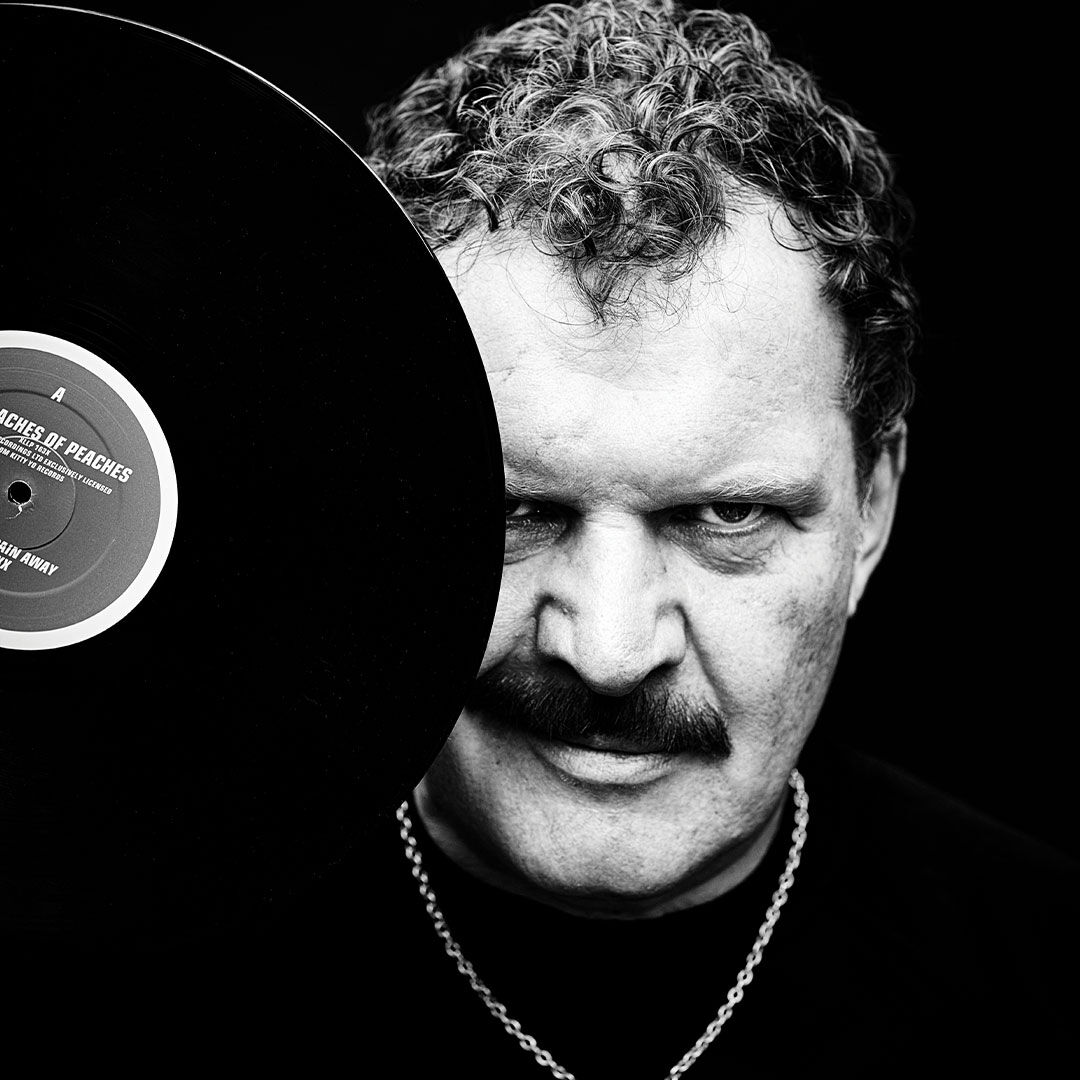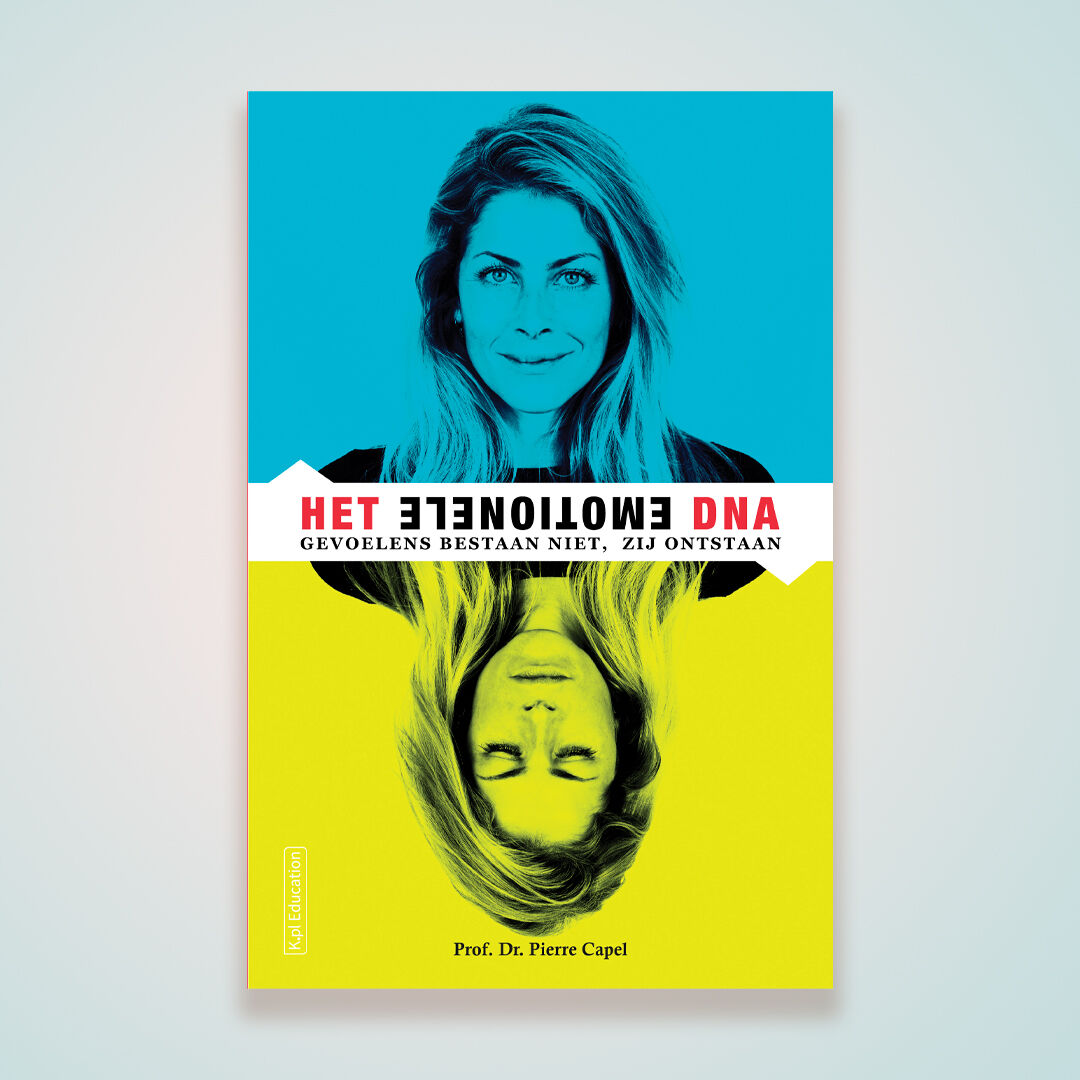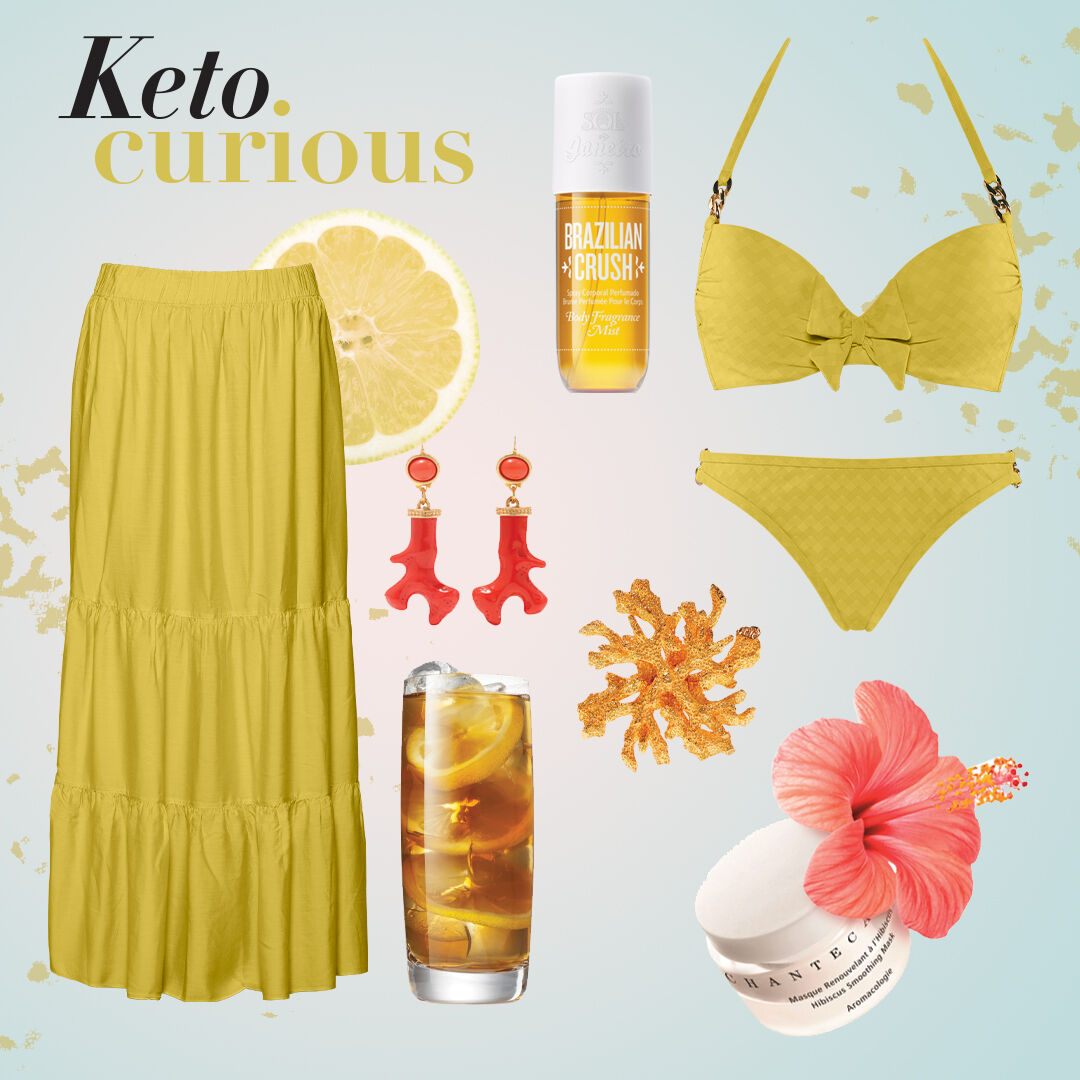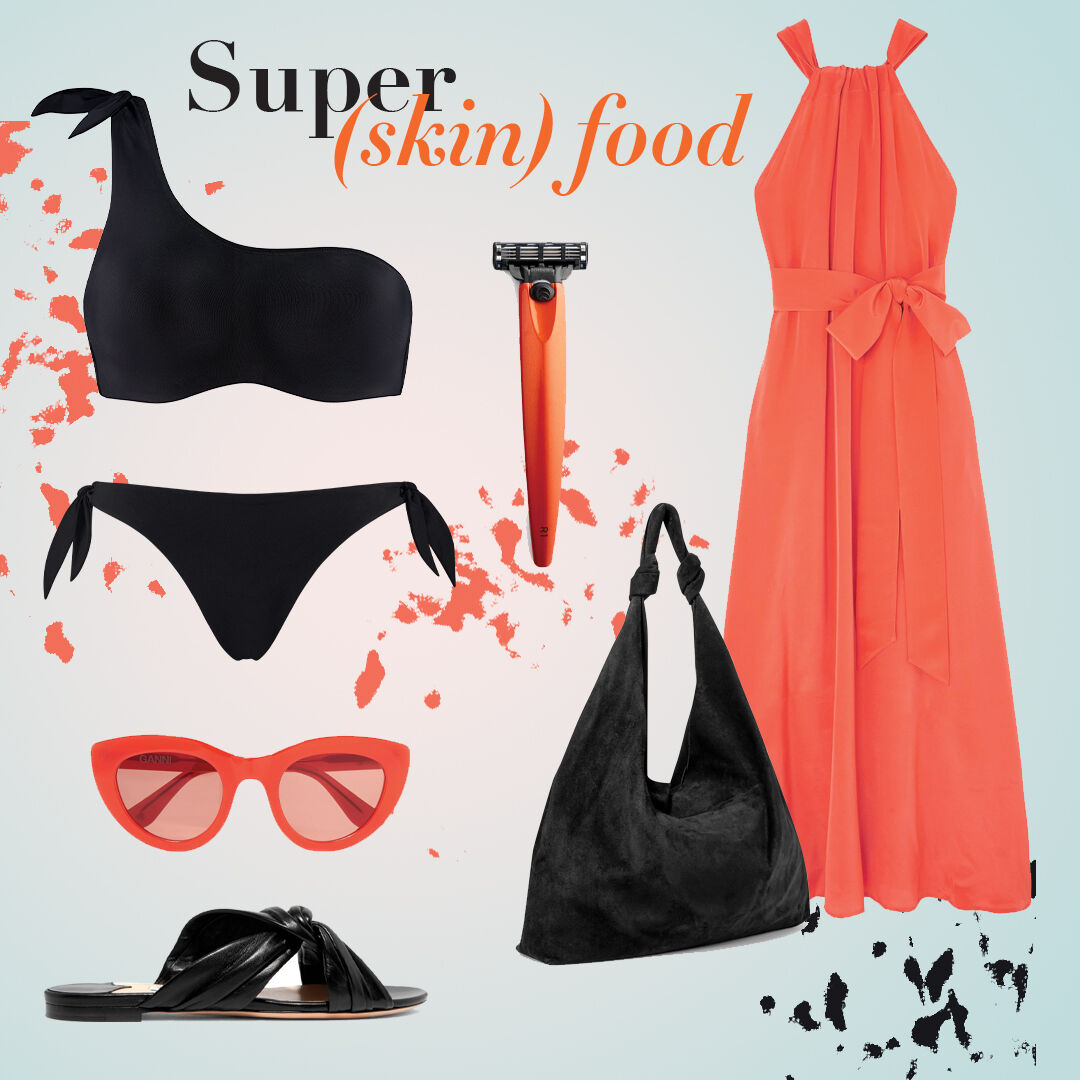The ears of 80’s nightlife – Joost van Bellen
As one of the very first to preach house music, he touched our souls with his sounds. But as the ringmaster of the 80s and 90s club scene, Joost van Bellen also helped shape art and fashion into what it is today. Time to get down and dirty with my favorite DJ and find out why the spirit of the ‚Golden Age of Nightlife‘ is more relevant now than ever.
Marlies: We’ve known each other for a long time, Joost. Artistically, I’ve come into my own to your beats. I usually don’t like to look back, but there is something very special about the heyday of Amsterdam nightclubs like RoXY and iT that makes that era worth revisiting, like you do in your book ‚Nachtdier‘ (‚Nocturnal Animal‘). Why do you think that is?
Joost: The 80s weren’t perfect; they were dire, dirty and ‚incorrect‘ in countless different ways. Do you remember that time when two Brazilian performers pretended to each other’s shit in the RoXY? It was just a mixture of chocolate and peanut butter, inserted after many enemas, but you wouldn’t get away with that today. There was much more freedom then. Nightlife offered us a platform to show all our creations that couldn’t bear the light of day; things relating to gender or sexual freedom or simply our anger. Because there was no social media, we could express ourselves without immediately getting nailed or put into a box. We were free to grow and make mistakes. Even if we totally disagreed with each other, we would still look each other in the eyes on the dance floor.
Marlies: We were critical thinkers, loud and outspoken, but there was an atmosphere of tolerance. And we encouraged each other to stretch our boundaries, whether it was through music, art or fashion.
Joost: We did. When you came out with your lingerie and presented this new type of woman – proud of her body, owning and wielding her sexuality like a weapon – I was so in awe! Sleek, dark, graphic, intense; these were queens and goddesses marching through the club, not some grubby Barbie dolls covered in pink feathers. I hate the term ‚power woman‘ but that was some power you were showing.
Marlies: Thank you! We were all experimenting with gender stereotypes, weren’t we? The boys were wearing makeup, the girls were exploring their masculine side. There was a playfulness to it because it was about exploring, not about labeling. Today’s extreme emphasis on identity sometimes lacks that fluidity. How do you see that?
Joost: I’m almost 60, and for years now I’ve been waiting to be completely blown out of the water by the next generation. Well, it seems to be finally happening now. With this revolution of political correctness comes a habit of pigeonholing people. I try to be open and keep learning, but I also want to warn: be careful; with all this labeling, whether it’s about gender, race or sexual preference, we box ourselves and each other in.
Marlies: It’s the opposite of what we were fighting for in the clubs: the freedom to create our own reality and identity, then start all over again the next night. The first time I met you at the RoXY – during a fashion show I was doing with my art school in ’87 – I was very nervous, but you were this beacon of positivity! I knew right away that you were the great connector, the ringmaster of the circus. What made you join in the first place?
Joost: Even as a kid, I would organize circus shows in my backyard. Only four people would watch, but I already experienced the same thrill I would feel playing for 40.000 people years later. It’s quite addictive, that kind of exchange of love. But it was at an early 80s ‚New Romantic‘ club that it really clicked for me. The extravagantly dressed guests were like pieces of art, moving through a museum-like setting. And I realized: a club night should be like a theatre piece that you seduce your guests to take part in, transforming them from public into participants.
Marlies: Allowing everybody their ’15 minutes of fame’…
Joost: Exactly. Do you remember the go-go boxes? If you wanted to be seen, you could jump on one of those and start showing off. It was like an early version of social media: ‚this is me, watch me‘.
Marlies: Totally! When you think about it, most trends and social currents were born at the clubs.
Joost: That’s why, at the end of the day, we should give nightlife credit for having a huge influence on culture, whether it’s lowbrow or highbrow.
Marlies: And for being a gateway to freedom, diversity, creativity and tolerance. We need it more than ever. Thank you, Joost!
MD Friends
Building bridges
From the Erasmus Bridge and the Mercedes-Benz Museum to Qatar’s metro network; Ben van Berkel’s iconic landmarks bring people together in rapturous beauty, again and again. I talked with the Dutch architect and educator about sensuality, ‘healthy’ buildings and the remarkable parallels between our designs.
MD Friends
More than a feeling
Don’t ignore your emotions; they are much more powerful than you can imagine. By linking the magical world of emotions with hard science, Dutch scientist Pierre Capel, professor emeritus in experimental immunology, shows us the consequences of our feelings and the power of our minds. The message: we can do much more than we think. “Meditate. It’s the single best thing you can do for your health.”
Marlies Says
Keto curious?
The fact that I feel bikini-confident all year round is, of course, a nice bonus. But for me, the biggest payoff of following the keto diet is the way it optimizes my health and gives me tons of energy.
Marlies Says
Super (skin) food
‘If you can’t eat it, why put it on your skin?’. I pretty much live by this beauty adage. After all, with your skin being one of your body’s largest organs, anything – and I mean anything! – you put onto your skin will end up in your bloodstream.











